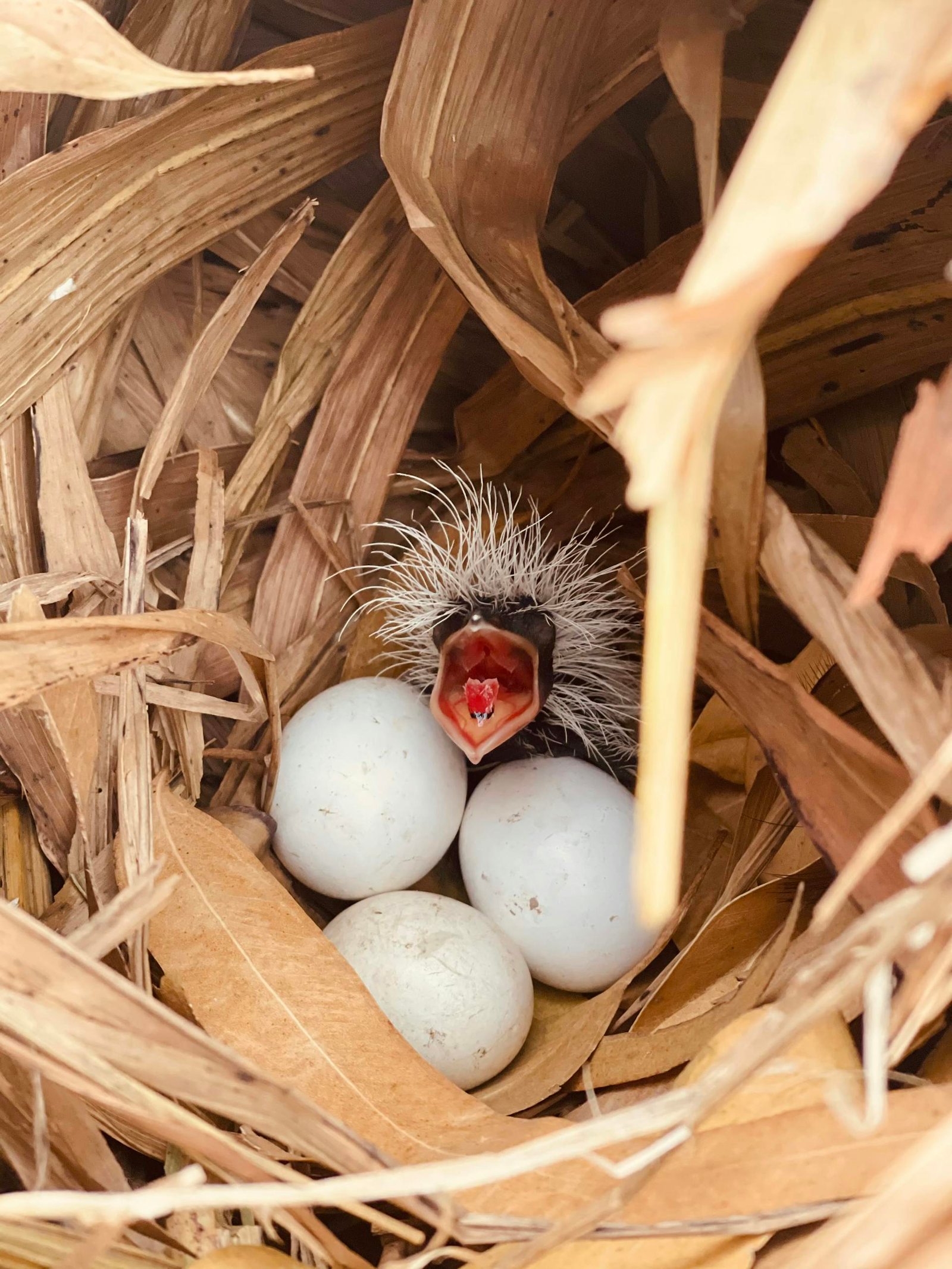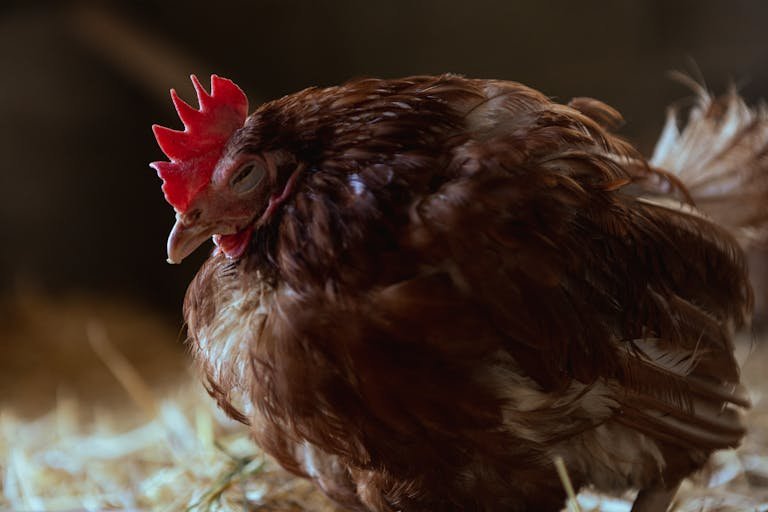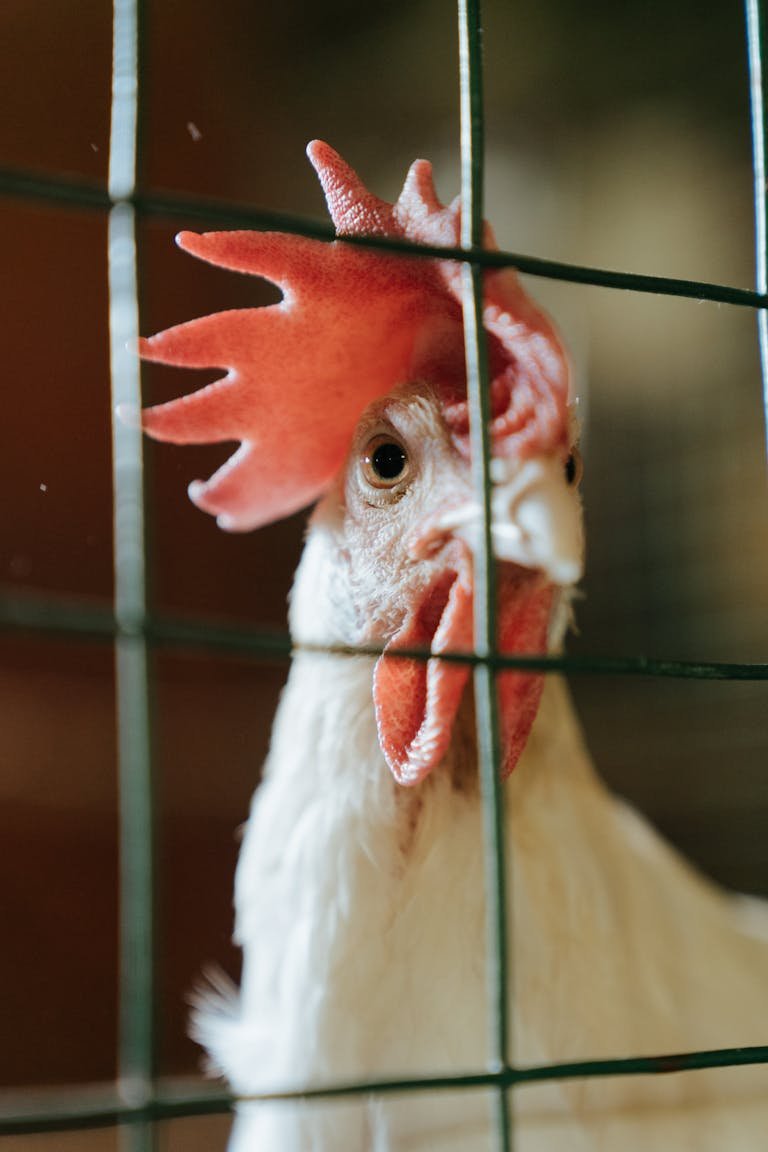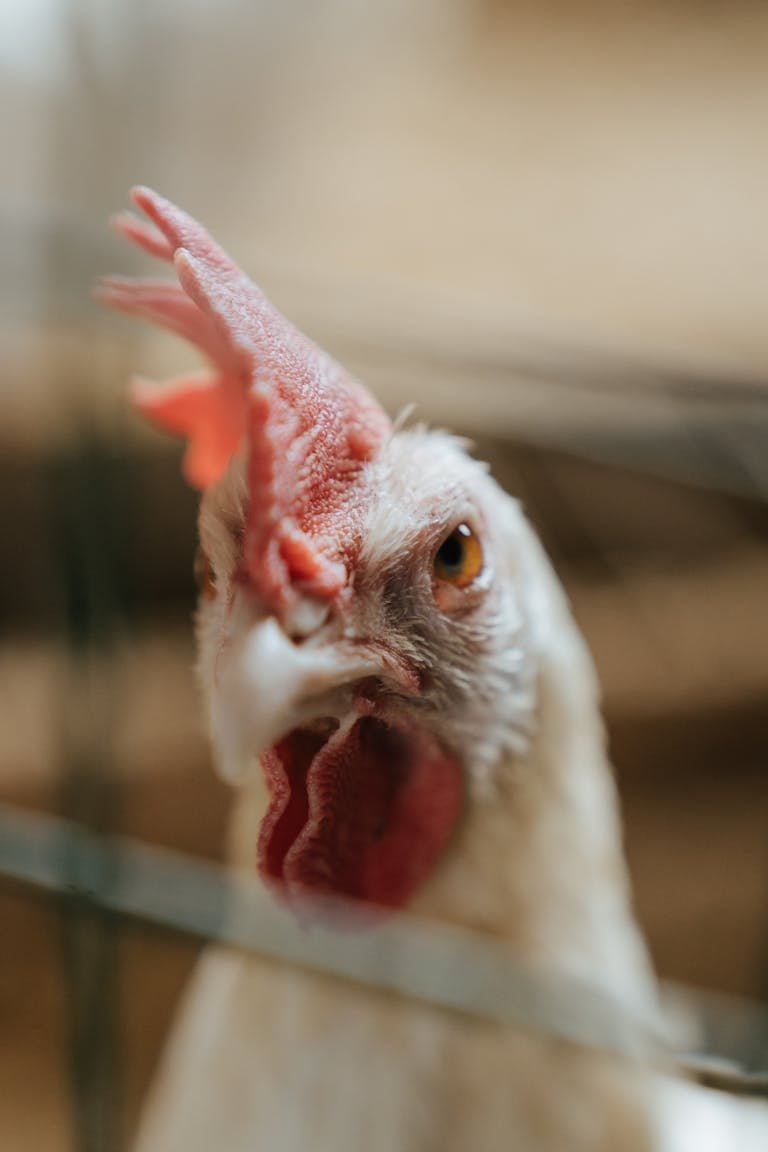Candling Eggs: Master the Art of Egg Inspection

Candling eggs is an essential process in the world of poultry farming and egg incubation. It allows you to observe the internal development of an egg without cracking it open. This technique is particularly valuable when incubating eggs to ensure they are fertile, developing properly, and free of any defects or abnormalities.
By shining a bright light through the egg, you can assess its fertility, monitor the growth of the embryo, and identify any potential problems before they arise. In this detailed guide, we’ll explore everything you need to know about candling eggs, from the science behind it to practical tips for doing it successfully.
What are Candling Eggs?
Candling is a technique used to examine the inside of an egg by shining a bright light through it. This process is particularly useful for those incubating eggs, as it allows for the assessment of fertility, embryo development, and potential issues.
The Purpose of Candling
Candling serves several critical purposes in the egg incubation process. It allows you to:
- Determine Fertility: By candling, you can identify whether an egg is fertile or infertile early in the incubation process.
- Monitor Embryo Development: As the embryo develops, candling helps track its growth and health.
- Identify Problems: Candling can reveal issues such as blood rings, double yolks, or an embryo’s death.
Read Also: Is Fowl Pox Contagious? A Comprehensive Guide
A Step-by-Step Guide to Candling Eggs
Candling eggs may seem daunting at first, but with the right tools and technique, it’s a straightforward process. Here’s how to do it:
Materials You’ll Need
Before you begin candling, gather the following materials:
- Egg: The egg you want to examine.
- Flashlight: A strong flashlight with a focused beam, preferably LED, as it provides a bright, consistent light.
- Dark Room: A room with minimal light or a setup that allows for a dark background to contrast the egg’s interior.
Step 1: Create a Dark Environment
To effectively candle an egg, you need a dark environment. This can be a room with no windows or a small, enclosed space where you can block out light. The darker the room, the clearer the details you’ll see inside the egg.
Step 2: Position the Egg
Gently hold the egg between your thumb and forefinger. Make sure you’re handling it carefully to avoid cracking or damaging the shell. The egg should be held with the blunt end facing the flashlight.
Step 3: Shine the Flashlight
Direct the flashlight’s beam towards the blunt end of the egg. This end typically contains the air cell, making it the best spot to start your examination. The light should pass through the egg, illuminating its contents.
Step 4: Observe the Egg
Slowly rotate the egg while keeping the light focused on it. As you turn the egg, observe the various features visible inside. Look for the following:
- Fertility Indicators: In fertile eggs, you’ll see a small dark spot surrounded by blood vessels, indicating an embryo. Infertile eggs will appear more opaque and uniform in color.
- Embryo Development: As the embryo grows, you’ll be able to see its shape, movement, and the growing air cell.
- Problems: Keep an eye out for blood rings, signs of embryo death, or abnormalities like double yolks.
Understanding What You See
When you candle an egg, you’re essentially peering into a world of life at its earliest stages. Here’s what you might observe and what it means:
Fertility
Candling is often used to determine if an egg is fertile. A fertile egg will typically show a small dark spot, which is the developing embryo, surrounded by a network of blood vessels. This is usually visible around 7-10 days into incubation. Infertile eggs, on the other hand, will appear dark and opaque, with no visible structures inside.
Embryo Development
As the embryo continues to develop, you’ll see changes in the egg’s interior:
- Early Stages (7-10 Days): The embryo appears as a small dark spot with a web of blood vessels.
- Mid Stages (14-17 Days): The embryo grows larger, and you might even observe movement within the egg.
- Late Stages (21-23 Days): By this time, the embryo occupies most of the egg, and the air cell at the blunt end will have grown significantly.
Problems and Abnormalities
Candling also helps identify issues within the egg:
- Blood Rings: A blood ring is a dark, circular ring visible around the yolk. It indicates that the embryo has died, and the egg will not hatch.
- Double Yolks: Some eggs contain two yolks. While fascinating, double-yolked eggs rarely hatch successfully, as the embryos compete for space and nutrients.
- Dead Embryos: Sometimes, an embryo may die during development. This is often visible as a lack of movement and the absence of blood vessels.
When to Candle Eggs
The timing of candling is crucial for obtaining accurate information about the egg’s development. Here’s a general guideline on when to candle:
7-10 Days
This is the first candling session, where you check for fertility and any early-stage deaths. At this point, the embryo should be visible as a small dark spot with surrounding blood vessels.
14-17 Days
At this stage, candling helps you assess the embryo’s development. You should see significant growth, with the embryo filling much of the egg’s interior. Any abnormalities, such as a blood ring or lack of development, will also be evident.
21-23 Days
This is the final candling before hatching. The embryo should be fully developed, and the air cell will be large. At this point, you’re confirming that the embryo is ready to hatch and checking for any late-stage issues.
Tips and Precautions for Candling Eggs
While candling is a simple process, it’s essential to handle the eggs with care and follow best practices to ensure accurate results:
Handle Eggs Gently
Eggs are fragile, especially during incubation. When candling, hold the eggs gently and avoid applying too much pressure, which could crack the shell or harm the developing embryo.
Use the Right Tools
While a regular flashlight can work for candling, investing in a candling lamp or a specialized flashlight can make the process easier and more effective. These tools provide a focused, intense light that can penetrate even thicker shells.
Avoid Over-Candling
As tempting as it might be to check on the eggs frequently, over-candling can cause stress to the embryo. Limit candling to the recommended stages (7-10 days, 14-17 days, and 21-23 days) unless you suspect a problem.
Perform Candling in a Dark Room
To see the egg’s contents clearly, candling should always be done in a dark room. If a completely dark room isn’t available, you can create a makeshift dark environment using a cardboard box or blackout curtains.
The Benefits of Candling Eggs
Candling eggs is not just a practical tool for those incubating eggs—it also offers several broader benefits:
Educational Value
Candling provides a hands-on way to learn about embryology and the development of life. It’s a popular educational tool in classrooms, allowing students to observe the stages of development firsthand.
Early Problem Detection
By candling eggs, you can identify problems early in the incubation process, such as infertile eggs or embryos that have died. This allows you to remove problematic eggs, preventing them from affecting the healthy ones.
Enhancing Hatching Success
Regular candling helps ensure that only healthy, developing eggs remain in the incubator, which can increase your overall hatching success rate. By monitoring the progress of each egg, you can make informed decisions about which eggs to keep and which to discard.
Read Also: Do Chickens Pee and Poop from the Same Hole?
Conclusion
Candling eggs is an essential skill for anyone involved in hatching or incubating eggs. This simple yet powerful technique allows you to monitor the development of embryos, identify problems early on, and ensure a higher success rate in your hatching endeavors. Whether you’re a hobbyist, educator, or professional, understanding how to candle eggs and interpreting what you see can make all the difference in your egg incubation experience.
By following the steps and tips outlined in this guide, you’ll be well on your way to mastering the art of candling eggs. Not only will you gain a deeper appreciation for the process of life beginning within the shell, but you’ll also improve your chances of successfully hatching healthy chicks.





